Chinese Food Culture - Everything You Need to Know about Chinese New Year
Chinese Food Culture
Everything You Need to Know about Chinese New Year
Bright lights, a fresh start, delectable food and millions in attendance - what does that signify? You named it, the Chinese New Year. This momentous event is lurking right around the corner, hitting the calendars for February 12th. Details are everything, so make sure you do it right (especially after this last year, you deserve it) by following the traditional recipes and activities to make the evening everything you dreamed of.
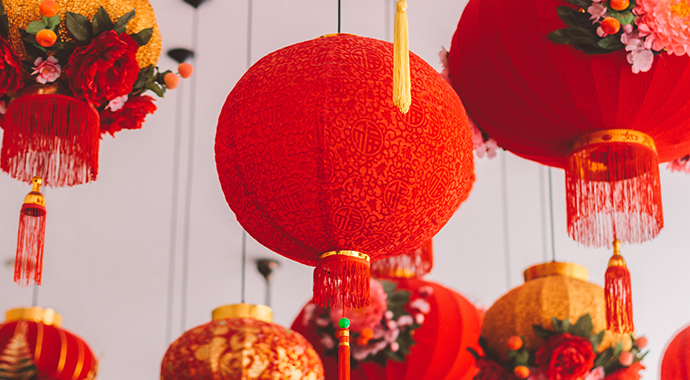
Food tends to be the central focus for celebrations, and for good reason, it blasts those feel-good feelings through the system. The Chinese New Year has an array of foods that hits the palette just right while bringing in good luck for the upcoming year.
- Dumplings: The shape of the dumplings indicate two messages. The crescent shape of the dumplings resembles the crescent shape of the moon, promising a bright and prosperous year ahead. In addition, it also resembles an ingot, which was once a form of currency in China, therefore symbolizing wealth. Eating a dumpling increases the chances of successful teamwork, family ties, and wealth.
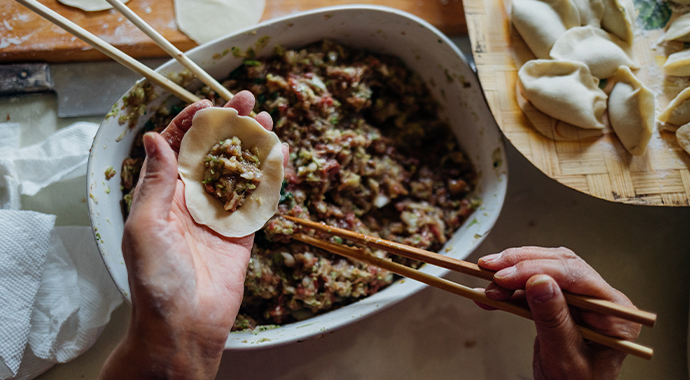
- Longevity Noodles: The name says it all, these noodles are longer than your average noodles. This is to symbolize a wish for a long life.
- Steamed Whole Fish: This symbolizes a good beginning and end to the New Year. The Chinese word for fish is “yu”, which sounds like the Chinese words for “wish” and “abundance”.
- Niangao (Rice Cakes): The Chinese pronunciation of a glutinous rice cake sounds similar to “getting higher year-on-by year”. The “higher” you are, the more prosperous you will be in life.
- Ginger Scallion Lobster: Lobsters are the “dragon of the sea”, representing strength and good luck. They also bring high energy, longevity, respect, and prosperity.
- Yangzhou Fried Rice: Consider this the grand finale, as it is one of the last dishes served at dinner. It symbolizes wealth and prosperity, granting good fortune and ensuring no one leaves the table hungry.
- Giving Mandarin Oranges: The Chinese pronunciation of giving is “song gam”, which means the same as giving gold. Gifting mandarin oranges indicates you are wishing prosperity upon them. The round and gold color symbolizes wealth.
- Giving Red Envelopes: Friends and family give each other red envelopes filled with money. Ironically enough, it is the red envelope that is the good luck, not the money. The color red is associated with energy, good luck, and happiness.
- Lion Dance: The lion symbolizes power, wisdom and superiority. Incorporating that element in this dance brings good fortune while chasing away evil spirits.
- Assorted Candy Box: The color red makes an appearance once again. An assortment of candies, treats, and nuts are placed in separate compartments within a red box. Day by day, you are supposed to take out and eat a treat from the box during the New Year’s celebration to bring wealth, happiness and good luck.
- Fireworks and Firecrackers: Popping these not only ignite the sky with bright lights, but the loud sounds are believed to scare away evil spirits.
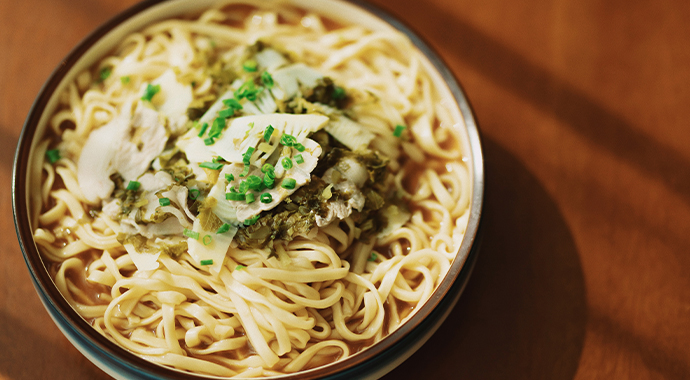
Now that we are drooling from the menu, let’s switch gears and talk about traditional activities for the special day. Each of these hold a quiet yet profound symbolization for the New Year.
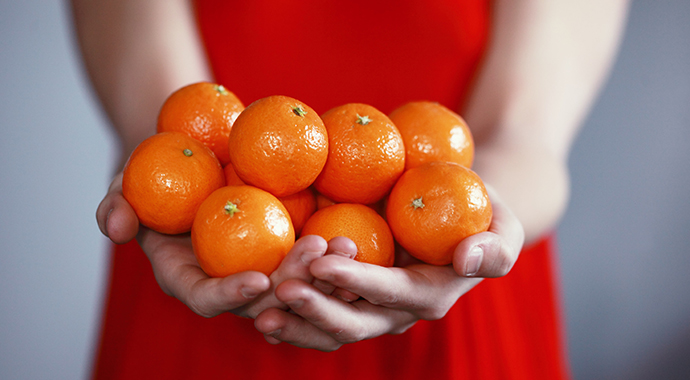
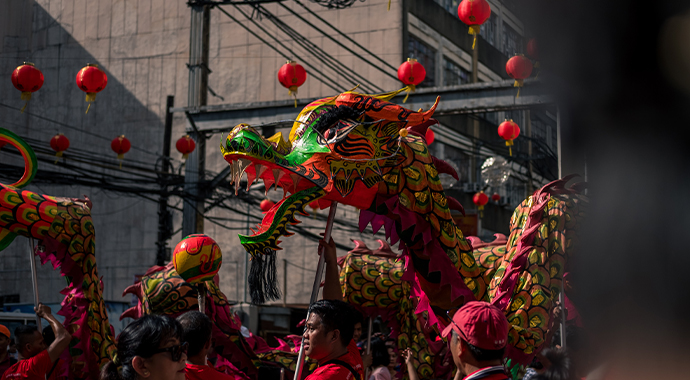
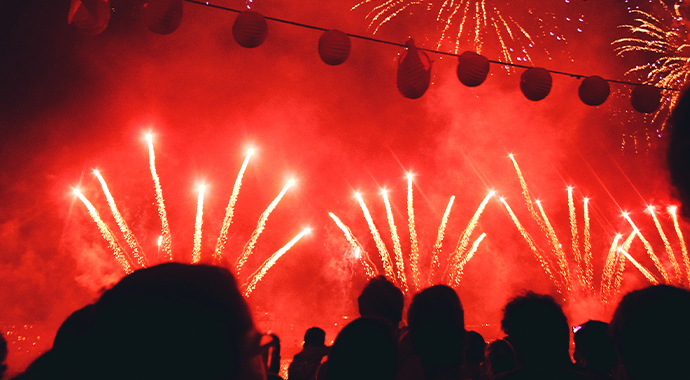
The Chinese New Year is nearly here and you are now set up for total success, not only to have a good time, but to ring in good luck as well through their traditions. May your celebrations be filled with joy, safety and prosperity.
 Corporate Site
Corporate Site